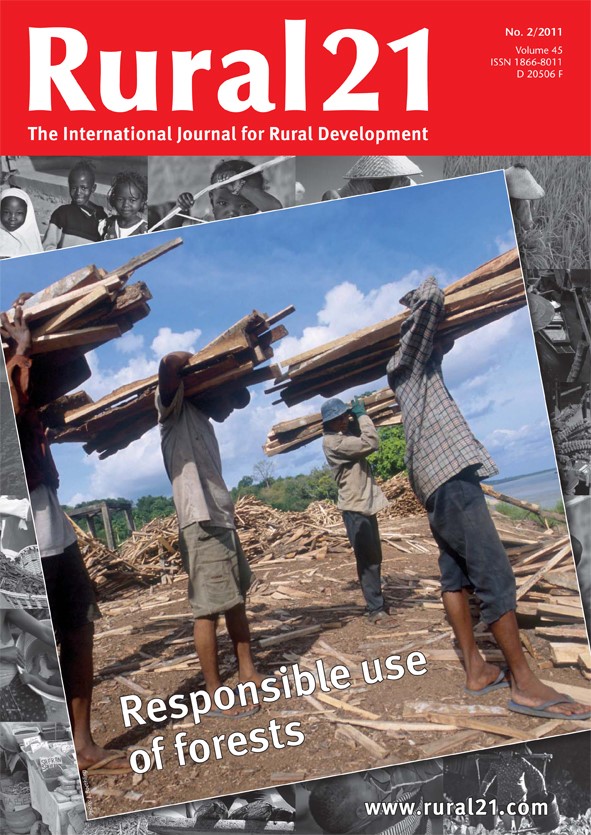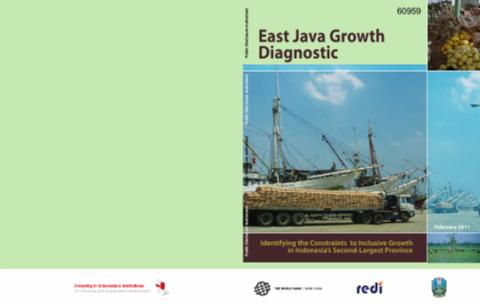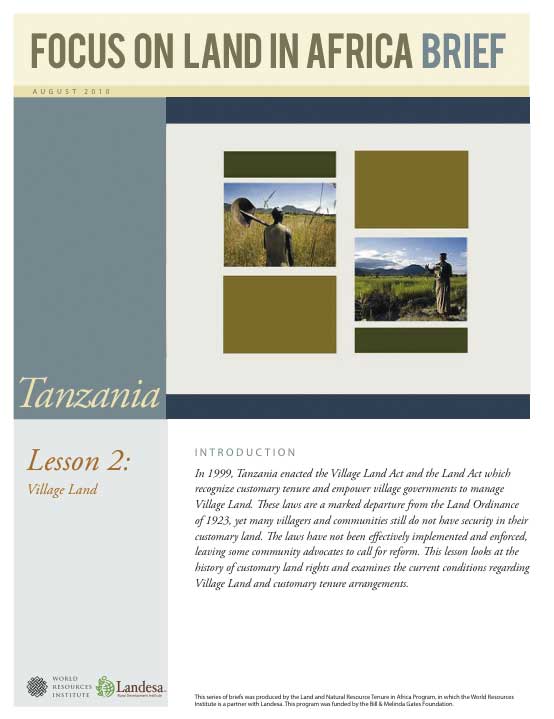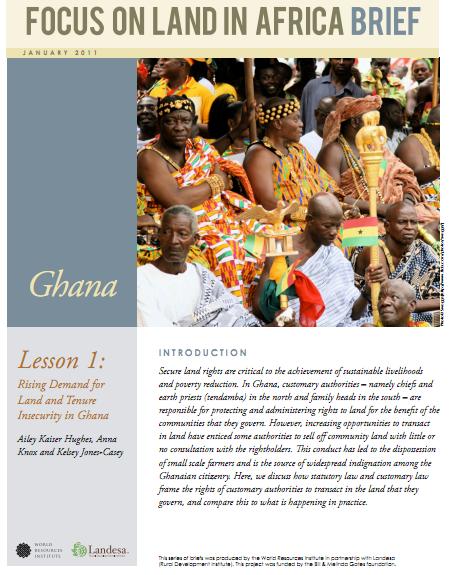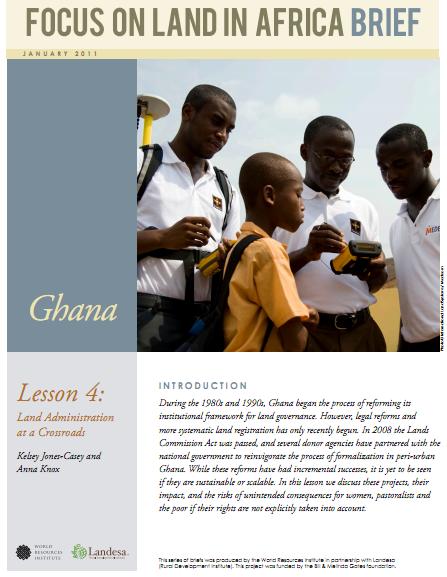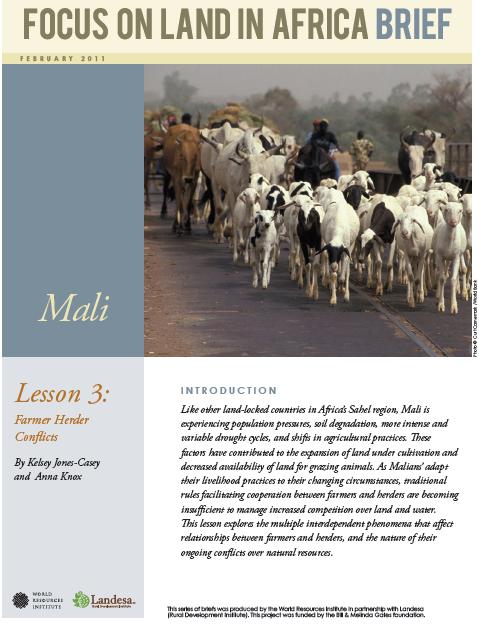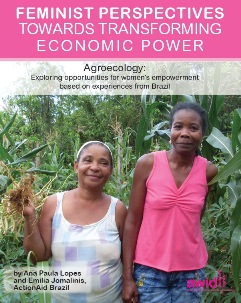The social, political and economic transformative impact of the Fast Track Land Reform Programme on the lives of women farmers in Goromonzi and Vungu-Gweru Districts of Zimbabwe
Includes background; conceptual framework; methodology; research findings – security of tenure, cultural practices, gender inequalities, land utilisation, constraints to production, a passion for farming, gender bias against women farmers in access to and utilization of land; lessons learnt, recommendations.


